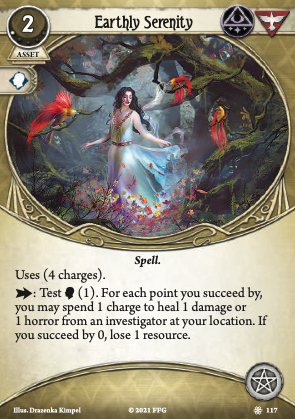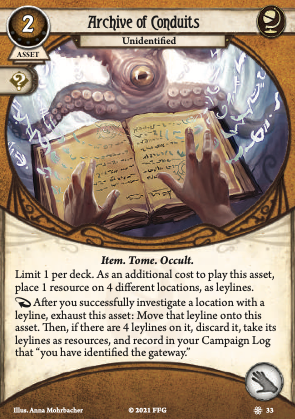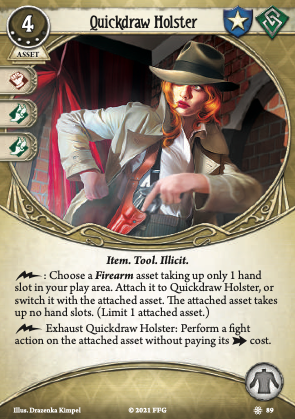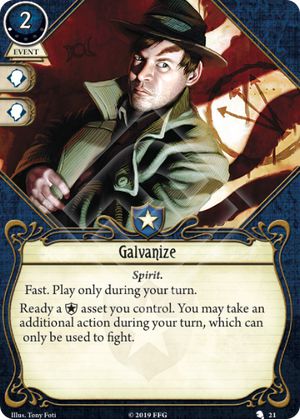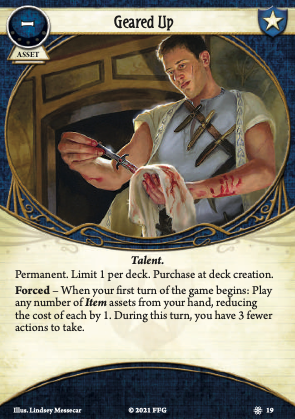
I will try to elaborate on the interaction with Backpack, and why it might or might not work.
This permanent creates a forced reaction, much like a the optional reaction skills on many cards, that allows you to play Item assets during its timing window. Backpack does its thing after it entered play.
One viewpoint is that you play all the items, then backpack triggers. The second viewpoint is that each items is played, then the play reaction is triggered, and then you can play further items.
The second viewpoint is directly countered by the 'Ability' rules, under triggered abilities, stating "A [icon] ability with a triggering condition beginning with the word "after..." may be used immediately after that triggering condition's impact upon the game state has resolved.". The Geared Up ability affects the game state. Therefor I conclude that Backpack only gets items after the Geared Up ability is already done.
I would argue that Schoffner's Catalogue does work with Geared Up, since there is no mention "after.." or any triggered ability.
Anyway, I still like it. If you have an item heavy deck, playing 3+ items at a discount is great!
